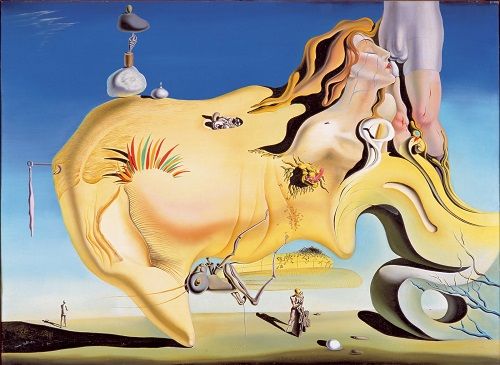Let's talk! Browse our offer and let us help you create your own budget.
5 Spanish Painters You Need to Know (that are not Pablo Picasso)
Leon Tolstoy said that "Art is one of the means of communication between people." And he was right, because people live in society and communicate through different expressive elements such as words, movements, sounds, colors and shapes. Thus, in the same way that language did, the different artistic disciplines were born. Painters, for example, express themselves through the composition of shapes and colors.
Click here if you prefer to read this article in Spanish.
As we have stated on previous occasions, getting to know a language is also getting to know the context where it is articulated and developed. Language is the tool that human beings have to express what we feel, perceive, dream, believe or even know; the brush we have to paint our reality. Thus, language serves us as not only as the main instrument to decode the world around us, but also to describe and define ourselves as individuals.
Therefore, it is not surprising that the language of a pueblo —remember that there is no language without people using it— cannot be understood without the culture in which interaction is framed, since culture is only the reflection of the concerns and stories that make up a social reality. Similarly, different forms of cultural expression, such as art, have contributed to frame our language within a given social and historical context.
At don Quijote, we want to get you a little closer to the Spanish language through its cultural expression in the art of painting. Spain is a country with a broad historical and social tradition, so the different and major pictorial movements that have accompanied its history also reflect a vibrant and diverse reality.
While it is true that Pablo Picasso —the most international Spanish painter— marked a before and after in art worldwide, it is also true that there were other essential Spanish painters without whom we could not understand the current society of the Hispanic country. To publicize some of their names, we want to share with you 5 famous Spanish painters (that are not Pablo Picasso), as well as some of their fundamental works.
1. Francisco de Goya (Spain, 1746 - France, 1828)
Francisco José de Goya y Lucientes was an 18th-century Spanish painter who produced mainly oil painting, drawings and an important collection of etchings. He was the greatest exponent of Spanish Romanticism and also the father of contemporary movements, such as modernism and impressionism. In addition, he had great influence on the works of other later painters such as Pablo Picasso and Édouard Manet.
If you click on the title, you can enjoy a virtual view of one of his main works, exhibited at the Prado Museum: La maja vestida
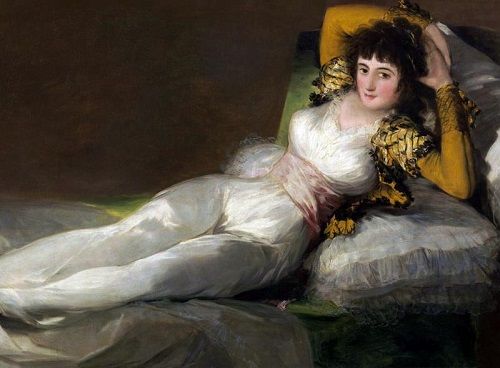
2. Diego Velázquez (Seville, 1599 - Madrid, 1660)
Diego Rodríguez de Silva y Velázquez, known as Diego Velázquez, was the most representative painter of the Spanish Golden Age. Although its great relevance was not recognized until 200 years after his death, Diego Velázquez was one of the most important figures in the history of Spanish painting, but also an authentic master internationally, even considered by many experts as the most talented painter of all time.
If you click on the title, you can enjoy a virtual view of one of his main works, exhibited at the Prado Museum: Las Meninas
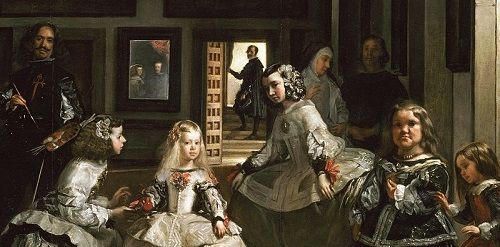
3. Juan Gris (Spain, 1887 - France, 1927)
José Victoriano González-Pérez, better known as Juan Gris, was a Spanish painter of the 20th century who developed his activity especially in Paris. The great influence he received from artists such as Cézanne, Picasso and Braque led him to identify himself within Cubism, becoming one of the highest representatives of this artistic movement.
If you click on the title, you can enjoy a virtual view of one of his main works, exhibited at one of the most important Spanish museums, the Reina Sofía Museum: La guitare
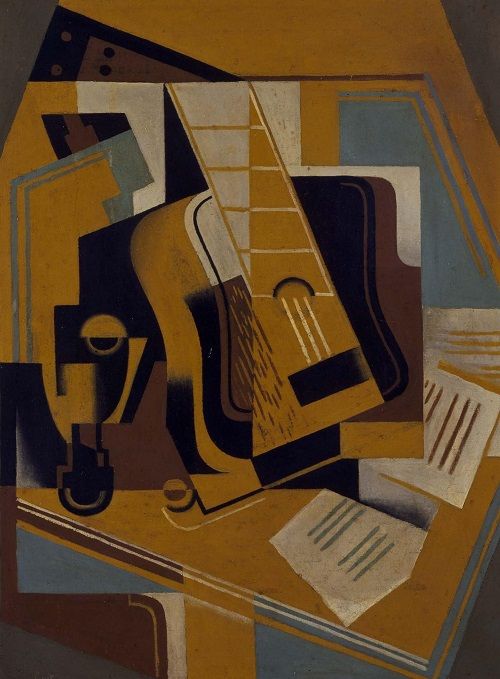
4. Joan Miró (Barcelona, 1893 - Palma de Mallorca, 1983)
Joan Miró was one of the best Spanish painters of the 20th century. He was also a sculptor, engraver and potter, but his main role was in painting, becoming one of the most relevant figures of surrealism worldwide. In his works, we can see reflected the fascination he felt for the subconscious, the main theme of surrealism, as well as a style marked by parameters that make his art recognizable to the naked eye.
If you click on the title of the painting, you can enjoy a virtual view of one of his main works, exhibited at the Reina Sofía Museum: La sonrisa de las alas flameantes
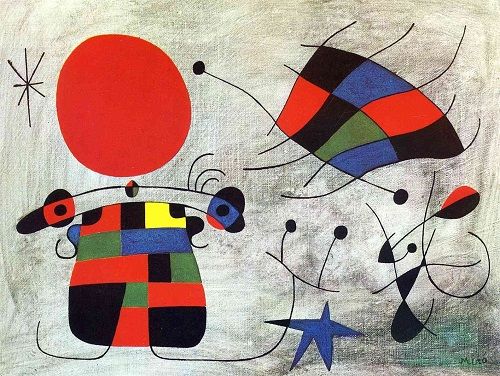
5. Salvador Dalí (Catalonia, 1904 - Catalonia, 1989)
Together with Pablo Picasso, Dalí is one of the most popular and famous Spanish painters of all time. He was the most prominent artist of the Spanish surrealism and changed the way aesthetics and were understood worldwide. Dalí was an eccentric as no other, and he knew how to exploit that condition on a professional level. Both his personal image and his ideas are impregnated with its artistic sensibility, something unique of his kind. Salvador Dalí remains as an essential reference in arts nowadays.
If you click on the title, you can enjoy a virtual view of one of his main works, exhibited at the Reina Sofía Museum: El gran masturbador
